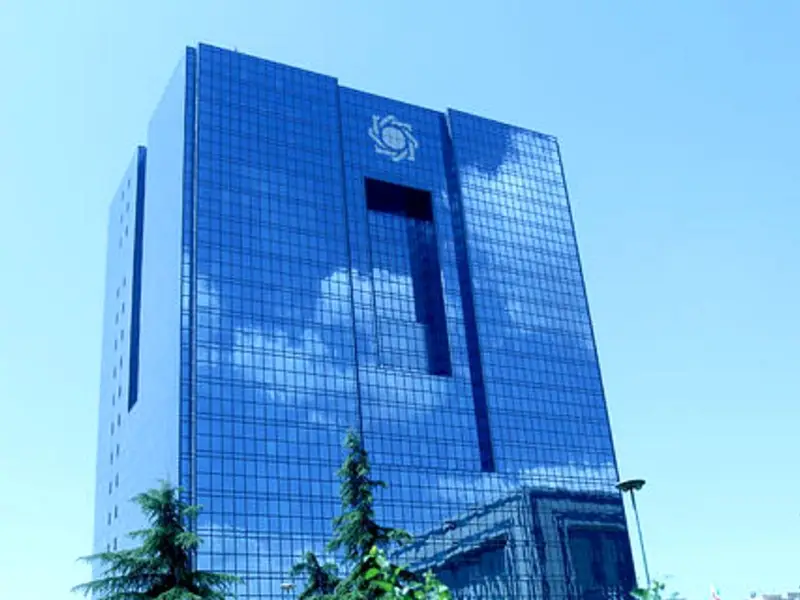Chaos has ensued in Iran’s financial and currency markets as the government tries to restrict the sale of cash US dollars.
The Central Bank of Iran (CBI) issued a new directive in March to stop cash dollar sales by forex dealers and instead required people to open dollar accounts to deposit their foreign currencies.
Buying dollars had become a critical means of Iranians securing what money they have amidst biting sanctions and a plummeting local currency.
With annual inflation running at more than 50%, Iranians have been trying to protect the value of their savings by buying foreign currency or gold.
Moneychangers told Iran International that after the announcement, cash dollars have become scarce and banks are creating obstacles for people in opening foreign currency accounts.
Last month, the Central Bank said selected banks could sell foreign currency up to €5,000 to each Iranian annually at rates announced on the Iran Central Exchange (ICE) website, but it later lowered the cap from €5,000 to €2,000 as many in the market were reselling to earn extra money.
In February, as the Iranian currency began to fall to new lows, officials announcing that citizens will not be allowed to buy their annual share of foreign currency from official exchange bureaus. They also said that the government will stop providing dollars to banks and official dealers for that purpose.
Amidst the government’s failed attempts to control the exchange market, the rial was trading above 500,000 to the US dollar, and 550,000 to the euro on Thursday. One year ago the dollar traded at around 250,000 rials.
Ordinary people and businesses see the move as yet another dubious government scheme, typical of the state-controlled economy.

